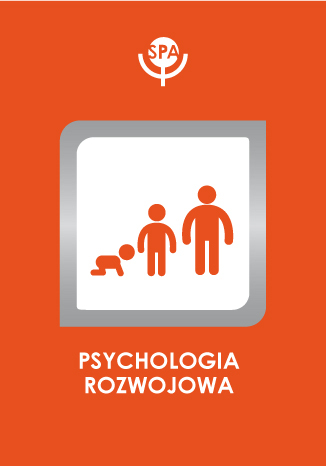Array
(
[id] => 272
[date] => 2019-01-03
[doi] =>
[title] => Płeć psychologiczna jako czynnik ryzyka zaburzeń zachowania u młodzieży w drugiej fazie adolescencji
[title_en] => PSYCHOLOGICAL SEX AS A RISK FACTOR OF BEHAVIOUR DISORDERS IN THE SECOND PHASE OF ADOLESCENCE
[authors] => Anna Brzezińska, Jolanta Dąbrowska, Małgorzata Pełkowska, Joanna Staszczak
[abstract] => The basic purpose of this study was to define (in a group of youths 16 – 20 years old, i.e. during the second phase of adolescence) the correlation between the type of psychological sex, type of biological sex and type of socialization environment (secondary school, vocational school and penitentiary) in context of behaviour disorders. A theoretical frame of reference was the S.L. Bem's concept of four types of psychological sex: androgynous, undifferentiated, sex typed and cross-typed. Girls and boys, 16-20 years old, from three types of environments were subject to empirical study (total number = 195). The Psychological Sex Inventory (PSI) questionnaire by A. Kuczyńska (1992) was used. The results indicate that for girls there is a significant correlation between the type of psychological sex and the type of socialization environment, while there is no correlation for boys. Among secondary school girls sex-typed and undifferentiated types were dominant, among vocational school girls the most frequent types were androgynous and cross-typed, among penitentiary girls, all four types were equally frequent. The most heterogeneous groups were groups of penitentiary girls and boys.
[abstract_en] => The basic purpose of this study was to define (in a group of youths 16 – 20 years old, i.e. during the second phase of adolescence) the correlation between the type of psychological sex, type of biological sex and type of socialization environment (secondary school, vocational school and penitentiary) in context of behaviour disorders. A theoretical frame of reference was the S.L. Bem's concept of four types of psychological sex: androgynous, undifferentiated, sex typed and cross-typed. Girls and boys, 16-20 years old, from three types of environments were subject to empirical study (total number = 195). The Psychological Sex Inventory (PSI) questionnaire by A. Kuczyńska (1992) was used. The results indicate that for girls there is a significant correlation between the type of psychological sex and the type of socialization environment, while there is no correlation for boys. Among secondary school girls sex-typed and undifferentiated types were dominant, among vocational school girls the most frequent types were androgynous and cross-typed, among penitentiary girls, all four types were equally frequent. The most heterogeneous groups were groups of penitentiary girls and boys.
[keywords] => adolescence, psychological sex, behavior disorders
[keywords_en] => adolescence, psychological sex, behavior disorders
[file_path] => /files/articles/2002-8-pe-psychologiczna-jako-czynnik-ryzyka-zaburze-zachowania-u-modziey-w-drugiej-fazie-adolescencji.pdf
[okladka] => psychologia_rozwojowa.jpg
[rocznik] => Rocznik: 2002 Tom: 8 Numer: 1
[strony] => 75-85
)










 Pobierz pełny tekst
Pobierz pełny tekst



